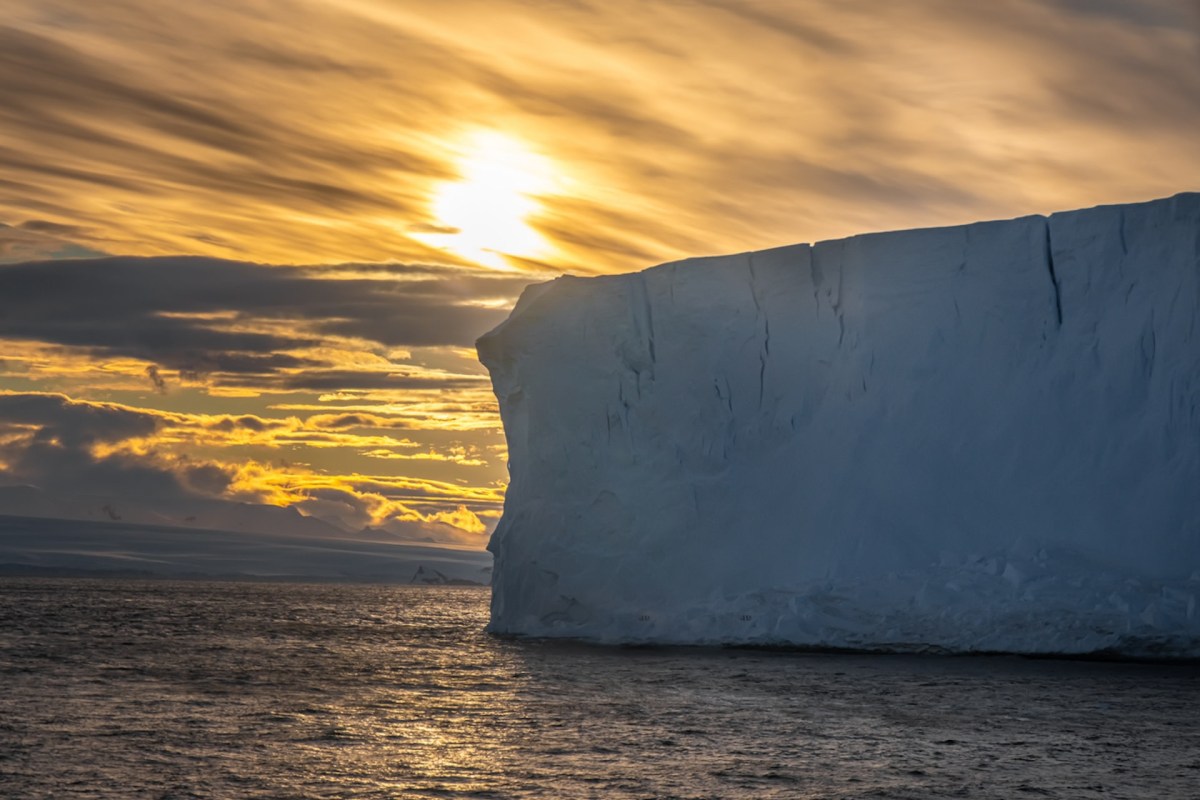The world's largest iceberg is likely entering its final months of life as it slowly drifts away from Antarctica.
What's happening?
A23a is known as the world's "largest iceberg in existence," as detailed by The Byte, measuring about 1,500 square miles in area and towering to skyscraper-esque heights.
However, this large, icy mass is beginning to diminish. In 1986, it broke loose from Antarctica's Filchner-Ronne Ice Shelf and became stuck in the sea floor. In 2020, there were signs of movement, which picked up in late 2023 with the help of strong ocean currents and winds.
Now, as it slowly drifts into warmer waters, A23a is likely in its last months of life, as reported by the BBC. Recently, an expedition ship came upon the iceberg, discovering huge caves and arches caused by erosion from strong waves.
Why is A23a's breakup concerning?
Scientists have said that A23a's break-off is part of a natural cycle, as calving icebergs help contribute vital nutrients to the ocean.
Still, icebergs are breaking away from ice shelves at an increasing rate due to the warming of our planet, according to Robbie Mallett, a sea ice scientist and honorary research fellow at the University of College London, per CNBC.
This, in turn, will contribute to rising sea levels. In fact, the Antarctic Ice Sheet covers nearly 5.4 million square miles, an area larger than the United States and India combined, per NASA. If it melts, it contains enough ice to raise the ocean level by about 200 feet, according to NASA and the website How Stuff Works.
Rising sea levels pose serious threats to humans and animals and are expected to lead to an increased intensity of storm surges, flooding, and damage to coastal areas, which often contain large population centers and are home to fragile wildlife habitats.
"Antarctica has historically been quite a small contributor to sea level rise, but it is growing, and it is taking up a bigger and bigger share of the sea level rise that we see every year," Mallett told CNBC.
What can I do about rising sea levels?
One of the most important things you can do to help is to put pressure on decision-makers to enact climate-friendly policies. This includes voting for pro-environment candidates and contacting policymakers.
The Citizens' Climate Lobby and Elders Climate Action are two organizations that can help you draft and send a letter to elected officials, including members of Congress. Meanwhile, the Natural Resources Defense Council has tips on how and where to take climate action, while Yale Climate Connections offers tips for lobbying officials.
Join our free newsletter for weekly updates on the coolest innovations improving our lives and saving our planet.








